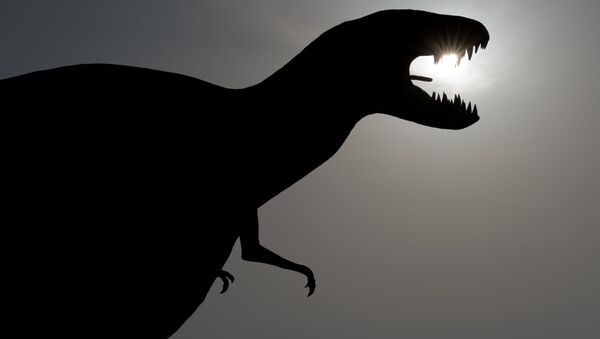"Specific structural features of this dinosaur make it differ from its relatives, according to what was said in an official release. We cannot say that this reptile was, for example, sturdier than the others because it is unknown yet," Sergei Leshchinsky, the head of the Laboratory of Mesozoic and Cenozoic Continental Ecosystems at the Tomsk State University (TSU), told Sputnik.
The researchers identified that the remains belonged to a four-legged herbivore, titanosaur. It was revealed that the dinosaur's sacral ribs were arranged in a star shape and converged toward the center. There was also no connection of the vertebra in the neural arch. According to a TSU statement, ancient reptiles with such a structure of the skeleton have never been found before.
В #ТГУ будет собственный #динозавр! Да ещё и нового таксона семейства титанозаврид! https://t.co/ldYSZuuZtA pic.twitter.com/U8OpYDeoMR
— ТГУ (@TomskUniversity) 11 августа 2016 г.
"The dinosaur had a barrel-shaped body, small head and very long tail and neck," Leshchinsky told Sputnik. The titanosaur, which lived in the Early Cretaceous period, about 100 million years ago, was about 20 meters long and weighed about 50 tons.
"Since this is the only specimen found, it is difficult to precisely define the entire habitat of the species. We can say with precision that the reptile lived in the south of modern Western Siberia, and possibly in the territories close to Mongolia," Leshchinsky noted.
The TSU scientists are currently finishing the description of their finding and putting the dinosaur's fragments together. The new species will soon be given a Latin name.



